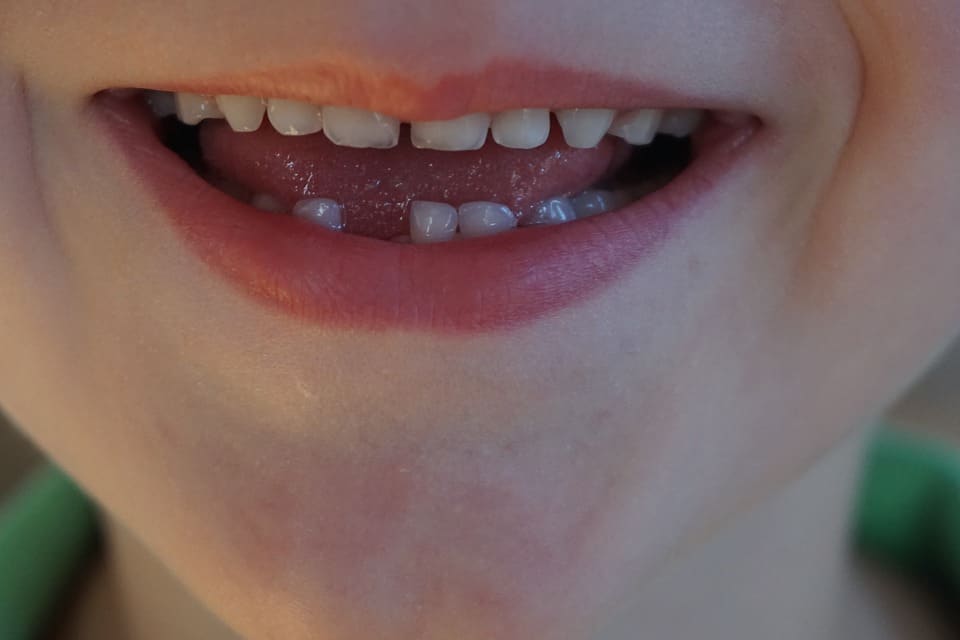Despite the child’s or parents’ best efforts, a child’s baby or primary teeth may need to be removed due to dental decay or injury. In such a case, your dentist may recommend your child use a space maintainer.
What is a Space Maintainer?
A space maintainer is a dental device that is custom-made to fit in your child’s mouth by a dentist or orthodontist. The device is made out of acrylic or metal and can be either fixed or a removable appliance.
Why do Children need Space Maintainers?
Space maintainers keep a space open in a child’s mouth, so that when their permanent tooth is ready to erupt and take the place of the missing baby tooth, there is enough room in the mouth for this to happen without complication.
A child’s primary teeth are important for a number of reasons, such as the development of the teeth, jaw bones and muscles; and they guide permanent teeth into position, as the baby teeth fall out. If a baby tooth is lost but a space is not maintained, the permanent teeth can shift into the open space, resulting in crooked or crowded teeth, which would need orthodontic treatment.
Types of Space Maintainers
There are two types of space maintainers for children:
- Removable
These devices are similar to orthodontic appliances and are usually made of acrylic. An artificial tooth may also be used to fill the space. - Fixed
There are four different kinds of fixed space maintainers- Unilateral
- Crown and loop
- Distal shoe
- Lingual
The unilateral and crown and loop space maintainers are used to hold one space open on one side of the mouth. The unilateral appliance wraps around the outside of a neighboring tooth and is connected to a metal loop that holds the space open. Similarly, the crown and loop consists of a crown that covers a neighboring tooth and is attached to a metal loop.
The distal shoe space maintainer is used to keep a space open for an permanent molar tooth that has not erupted yet. A piece of the metal appliance is usually inserted into the gum line to keep the open space from closing. The lingual space maintainer is used when there is more than one missing tooth, and is usually cemented to the back molar teeth and connected by a wire on the inside of the lower front teeth.
Wearing a Space Maintainer
Once the space maintainer has been made and fitted by a dentist or orthodontist, it will take a few days for your child to get used to the feeling of the appliance in their mouth. Your dentist will be able to give you advice on how to properly clean the space maintainer and keep the exposed gum tissue healthy and free of dental plaque.
Although not every child who loses a baby tooth requires a space maintainer, it is best to speak to a professional on whether or not your child may need a space maintainer when they lose a tooth prematurely, to avoid any future dental problems.


Recent Comments